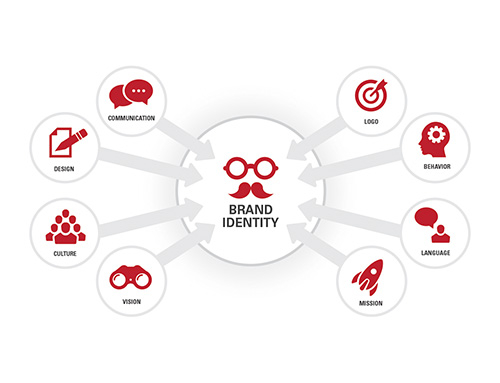
With all due respect to social media and its many flavors, it may be that the death of direct has been exaggerated. While it is true that using direct mail is more time-consuming and expensive than posting on Twitter or even sending an email campaign, the use of direct mail can be an effective complement to many marketing initiatives.
Don’t forget that direct gives you an opportunity to directly deliver your message to your target audience. No spam filter, no distracting web banner, no scroll bar, no ad blocker.
An interesting and attention-getting direct mail campaign will engage the recipient, on average for 3-5 minutes. Compare that to 15 seconds for the average web visitor, eight seconds for the average email, and less than five seconds for an online post (assuming, of course, you got them to look at your message in the first place).
We are not advocating that direct mail is the be-all end-all of marketing. Instead, we suggest that it be actively considered as part of a multi-channel campaign. It is merely one of the tools available in the marketing toolbox.
As has always been the case, the key to success lies in three areas:
- List management
- Frequency
- Recency
From the top, the absolute rule to success is using a great list. It has to be clean, checked and double-checked, and would ideally represent the work of your own internal team. While there is a place for purchased lists (generally as a way to supplement an existing house list or to get started building a list), the best source of all is your own sales team or in-house lead generation activity. Talk about what you know to who you know.
Regular use of attention-getting direct campaigns will solidify your brand in the mind of the recipient. Be sure to use consistent brand cues in your materials; consistency in logo usage, color palette, and creative theme lead to memorability. A multi-touch campaign leads to greater response than a one time drop.
Be sure to consider using a direct mail piece as a mental trigger for more effective sales follow up activities. The dimensional package that was received earlier in the week is much more memorable than the one-off email.
It gives a visual and tactile cue to the recipient that lodges in their memory and provides a ‘hook’ to which the salesperson can refer when they follow up and seek an opportunity to engage in conversation. Having this reference point is more impactful than trying to ask someone to remember an email-based offer for the free article or webinar invitation.
Again, we’re not knocking email-based content, webinars and lead nurturing. Each one of them has their own place in an integrated marketing campaign. There are simply times that a well-executed direct mail campaign is an effective and memorable way to get the attention of your target audience.
Give it some thought and give us a call to discuss how we can assist you in dragging direct away from death’s door.





